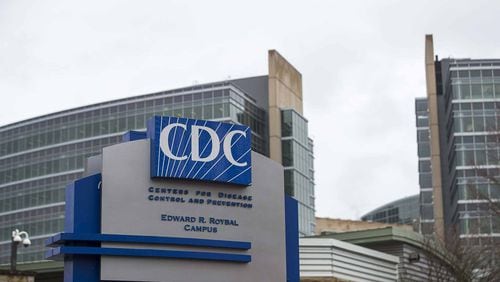In the midst of a global pandemic with COVID-19, we seek lessons from the past and we try to define what leadership instructions might be useful today.
It is ironic that we question current leadership, since May 8 marked 40 years since the World Health Organization declared the world free of smallpox, an effort that involved U.S. leadership. We celebrated that achievement with a webinar, hosted by WHO, with a few of the surviving veterans of that campaign, discussing what smallpox eradication lessons could be of use to coronavirus workers. Smallpox ranks with the most repugnant afflictions, and it terrified people of all ranks of life for centuries. WHO has estimated that smallpox killed 300 million people in the 20th century alone. Voltaire, himself a victim, once estimated that 60% of children born in France would develop the disease, with one-third dying, another third pockmarked for life and a third recovering without pockmarks. The disease decimated Native American populations, and even President Abraham Lincoln was in the early stage of smallpox as he delivered his Gettysburg Address.
Lessons? First, know the truth. It is the only way to avoid blind and inefficient action. Our U.S. experience with coronavirus has obscured the truth daily.
Second, to know the truth we need a robust surveillance system providing data that can supplant opinion with fact. It requires constant evaluation of the well, the sick, the new cases, the rate of transmission, the numbers hospitalized, those on ventilators, and those who have died. All by age, sex, race, geography, occupation etc. It requires not only knowing about who has been tested and outcomes of those tests, but also which tests are used. And we must get the truth out quickly and completely.
Third, the truth requires proper responses. Contact tracing and isolation were hallmarks of the smallpox program with labor-intensive work before computers and smart phones were available for workers. In a single state in India, in May 1974, they reported 1,500 new cases a day. That required 1,500 new investigations each day, with the isolation of cases, the locating of contacts, vaccination of contacts and isolation of those with symptoms until a diagnosis could be made. It required tens of thousands of people simply to act as watch guards of the homes of cases and to vaccinate all visitors. All of this with difficult communications and yet currently we hear that contact tracing is not possible until the numbers of cases are reduced. Of course, the diseases are different. A vaccine and the lack of subclinical cases favored smallpox work. However, the approaches to control are similar. A current problem is that testing remains inadequate months after the problem was defined.
Fourth, these actions in turn require assessment and mid-course corrections combined with the agility to do constant quality improvement.
Fifth, focus on prevention. We need to anticipate the ways that this viral enemy will keep changing and we need to anticipate and prepare for the new threats that will certainly emerge.
We are experiencing a remedial lesson in humility, as we trail the rest of the world in our response.
Our vacuum in federal leadership now means governors are in charge of action programs without proper federal support. It means we turn to universities for uncoordinated surveillance results, because the White House has not yet supported CDC to do what it has done so well in the past. The media is expected to discover and convey truth.
A well-designed, well-coordinated federal program led by an unfettered and uncensored CDC would provide our nation with the truth, oversee surveillance and delivery of the appropriate public health actions, help us to continuously improve, and help us address the next pandemic. We do not have that now. We must have that to save lives. CDC should be allowed to do it.
Dr. Bill Foege was director of the CDC from 1977 to 1983 and worked on the smallpox eradication program in the 1960s and 1970s.


/cloudfront-us-east-1.images.arcpublishing.com/ajc/P7DYBH6TO7FEKG4SUXQQKADRXE.jpg)



